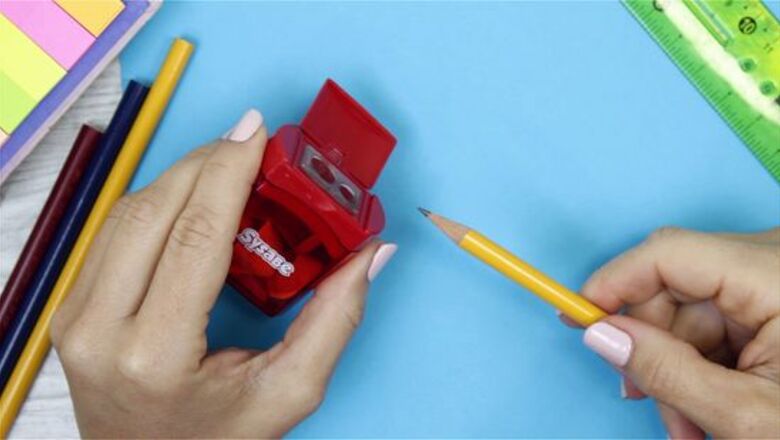
views
Using a Pencil Sharpener
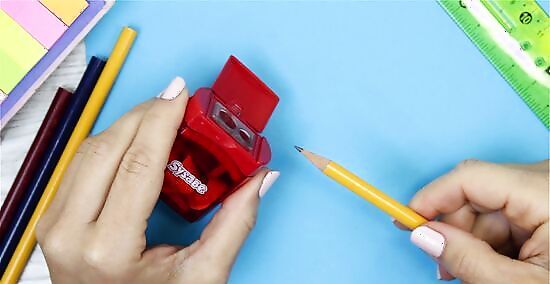
Use a portable, manual sharpener. These usually come with two holes in a small plastic square. One hole is for a smaller pencil, and one is for a larger one. The benefit of using a manual sharpener is that they are cheap and portable. Again, if you’re not careful, you can create an irregular pencil point. Simply put the pencil into the sharpener’s hole, and turn it several times to create a point. Sharpen over a garbage can, unless the sharpener has a plastic bubble designed to capture the shaving remnants.

Try using an electric pencil sharpener. An electrical pencil sharpener will create a pencil that makes a very neat line. Push the pencil into the hole in the sharpener. The sharpener will make a whirring sound as it sharpens the pencil. A downside of electric pencil sharpeners can be irregular sharpening. However, they are the easiest to use. Choose a pencil that is worth sharpening. The pencil’s lead (the graphite core) should not be off-center or it will be hard to shape into the normal conical point shape. Make sure the pencil is not bowed. Use an old rag in order to wipe the residue off the pencil after you sharpen it.
Sharpening a Pencil With a Knife
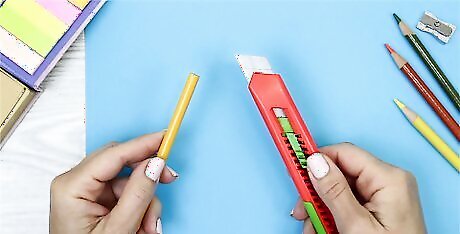
Hold the pencil right. You want to grab the pencil near its point if you are sharpening it with a knife, about 1 ½ inches from the end of the pencil. This will stabilize the pencil. Hold the pencil in your non-dominant hand, and the knife in your dominant hand. You want to make sure the utility knife is sharp. You can sharpen your knives (carefully) with a knife sharpening stone or steel. Position the knife about ¾ of an inch up the shaft of the pencil. Start to remove the wood. Expose the graphite that is within the pencil itself. Push the blade of the knife through the pencil’s wood with your thumb holding the pencil. Push the knife toward the unsharpened end of the pencil as your non-dominant hand rotates the pencil. A thumb knuckle’s length away from the end of the pencil is how deep you want to go. Once you’ve exposed the graphite, you can shape it into a point.
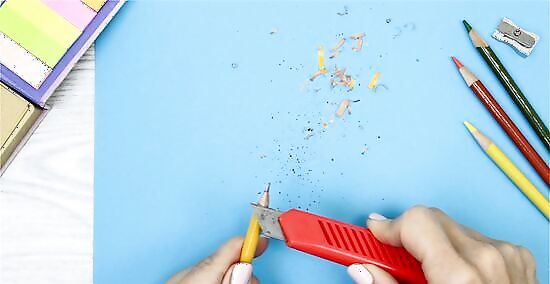
Carve away at the pencil wood. You’re ready to refine the graphite when it’s showing about 3/8th of an inch. Keep the blade’s steel on the graphite. Hold it as a low angle. You don’t want to remove too much material. If your knife doesn’t cut through the pencil’s wood easily, it’s probably too dull. If the lead of the pencil is soft, cut small bits away of the wood at a time. If your pencil sharpener will not sharpen the pencil well, check that the space where the pencil tip should go is not blocked by broken graphite (the black part) from the tip of the pencil. If it still will not sharpen well, the blade in the sharpener may be blunt. Do not jam in the pencil too hard. Knives are very versatile tools for sharpening pencils. Make sure you cut in a direction away from your body for safety purposes. Use a utility knife. Hold the edge of the knife so it faces the pencil’s tip. Put your non-dominant hand’s thumb on the non-sharp edge. Use your thumb to push the knife out with your thumb. At the same time, press down with the thump that is holding the knife. You could put a garbage can in front of you between your legs to catch the scraps.

Sharpen a carpenter pencil. Take a utility knife. Hold the pencil firmly in one hand and make sure the tip is pointing away from you. Use slow and certain strokes in an outward direction to sharpen the pencil. You can also use a special carpenter's pencil sharpener. Insert the pencil into the hole, and slide it back and forth against the blade of the pencil sharpener. Try an X-Acto knife. These are good for charcoal pencils because charcoal is soft and can be damaged by electric sharpeners. Worse, the charcoal can damage the sharpener if it gets stuck in it.
Refining the Pencil’s Point
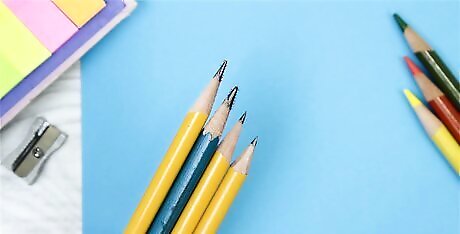
Choose a point style. There are four points to choose from when sharpening your pencil. The most common is the standard point. It’s a sharpened point that resembles a cone. A chisel point is created by using a knife to cut the end of the pencil into a chisel shape. This allows people to draw two types of lines with the pencil; the tip creates a thinner but darker line, and the flat sides of the chisel point create wider lines with softness to them. The chisel will keep itself sharp as you draw. However, the chisel point can be harder to draw with unless you’re practiced at it. Artists sometimes use this pencil point. The needle point is a sharp concave point carved with a knife. It is a very fine point and can be prone to breaking. However, it’s good for use in drawings with needle-point detail. Carve the wood around the pencil down more deeply to expose more of the graphite. A bullet point pencil carves away wood from the pencil’s last centimeter. Then carve the end into a bullet shape with a knife. You can make many different types of lines with a bullet point.
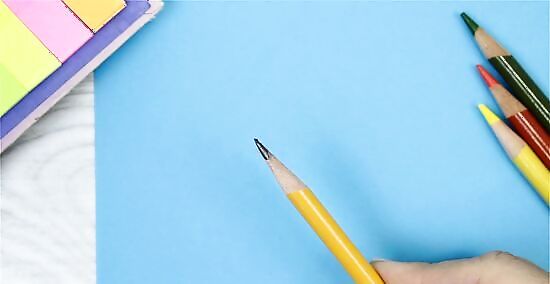
Use sandpaper to sharpen a pencil. A good trick is to use a little bit of sandpaper to sharpen your pencil when the graphite gets a little worn down. This way, you can sharpen the pencil without having to go through the full sharpening process each time. Many artists keep pieces of sandpaper next to their drawing boards for this purpose. Another method is to buy charcoal pencils that are paper wrapped. All you need to do is pull the string on such a pencil to peel off a bit of the paper to expose more of the graphite. Using sandpaper or a sand pad will also polish the charcoal. You don’t want to see indentations when you draw a straight line.












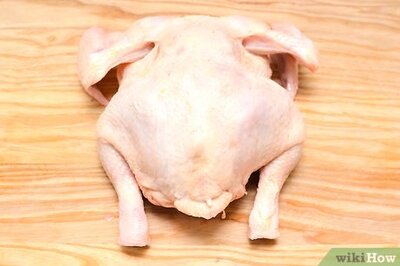





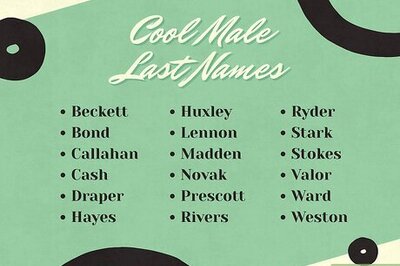

Comments
0 comment